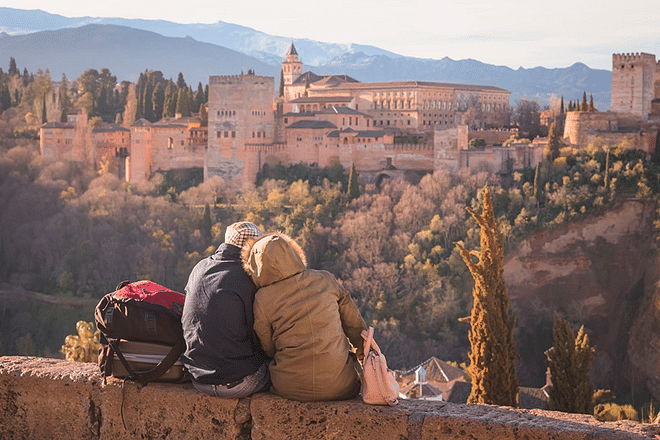

Guided walking tour: Sunset Albaicín and Sacromonte: The charm of Granada's two historic neighborhoods
from
15 €
Book










See more










See more










See more










See more










See more










See more










See more










See more










See more
